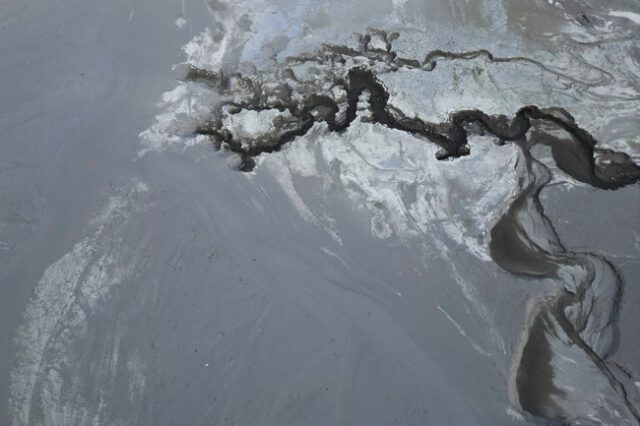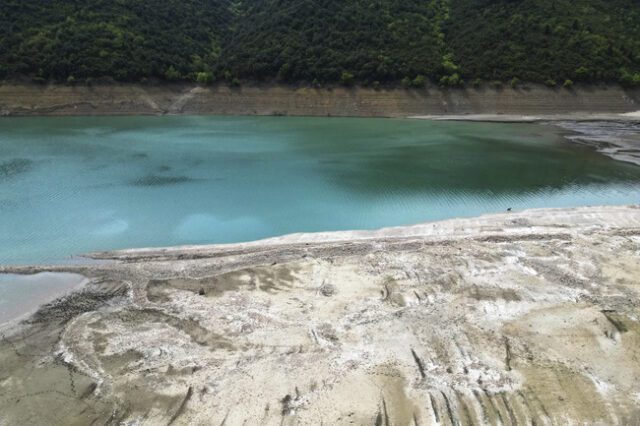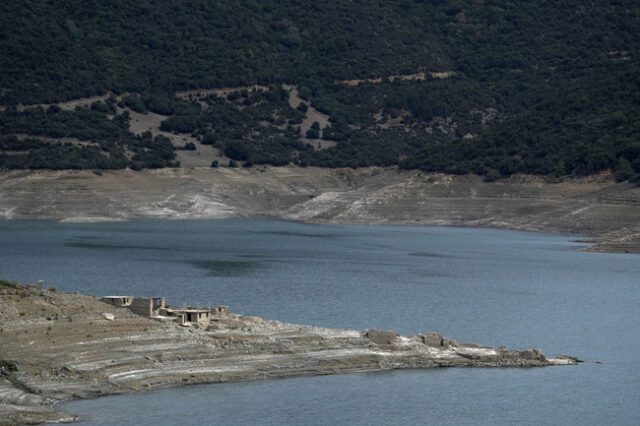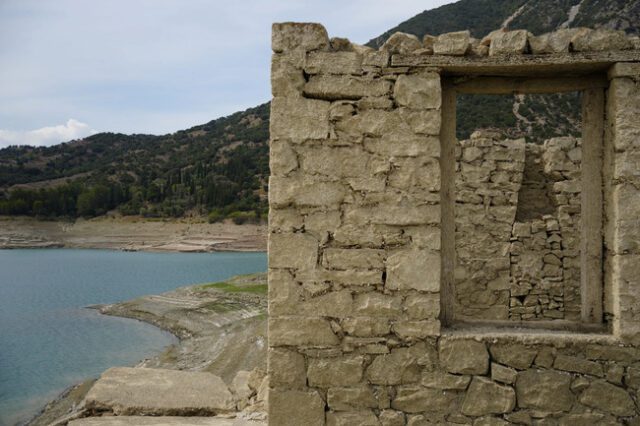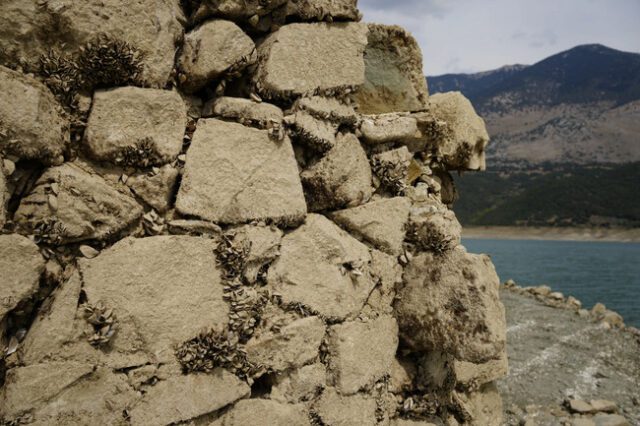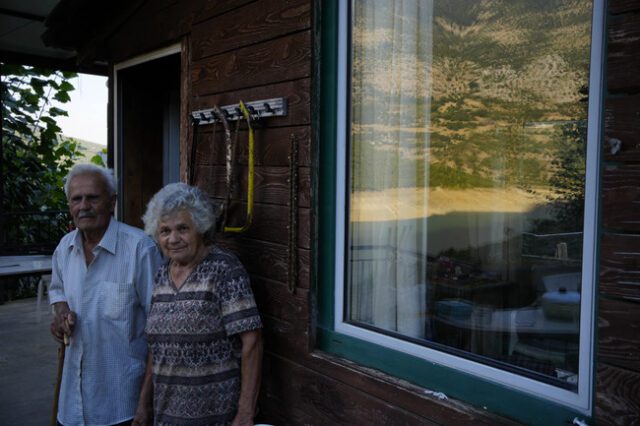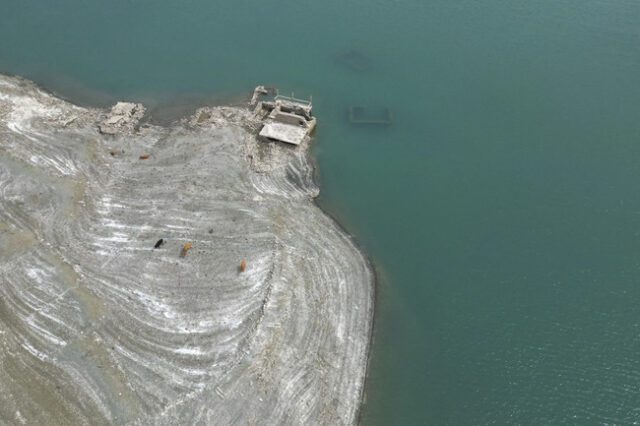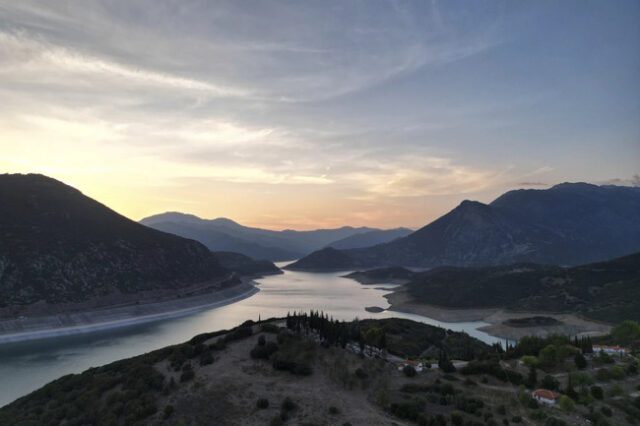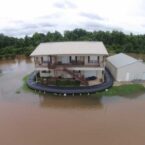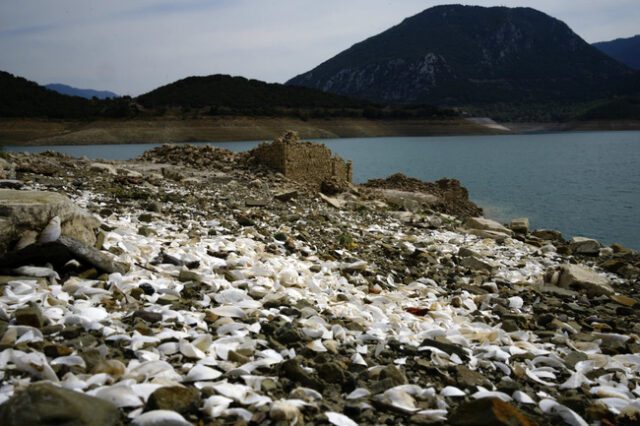
The resurfacing of Kallio, a village submerged in the 1970s to create the Lake Mornos reservoir, serves as a stark reminder of the growing environmental crises faced by southern Europe. As drought conditions intensify due to climate change, the once-hidden ruins are now visible, bearing witness to the region’s changing climate and the precarious state of water resources. The artificial lake, which supplies drinking water to Athens, has seen its reserves dwindle to their lowest levels in 16 years, raising concerns about the city’s future water supply. Freshwater mussels cling to the cracked walls of Kallio’s remaining structures, while authorities downplay the urgency of the situation, cautioning, however, that continued drought could deplete Athens’ water reserves within the next four years.
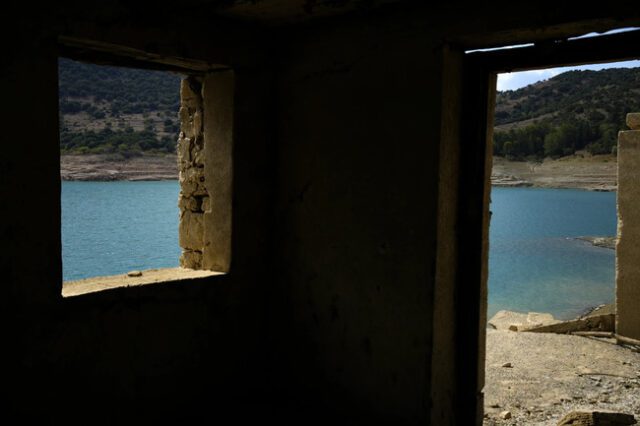
The persistent drought in Greece has triggered various responses, from reopening old boreholes to exploring alternative water sources like rivers and wastewater recycling. Yet, the future remains uncertain, as climate change disrupts the region’s weather patterns. For the former residents of Kallio, the sight of their old homes emerging from the water is bittersweet, evoking memories of a time when the village was lush and water was plentiful. Their sacrifice for the creation of the reservoir, once seen as essential for the greater good, now resonates with a warning: without decisive action to address the ongoing environmental challenges, the region’s water crisis may worsen, affecting not just Athens, but much of Greece.
